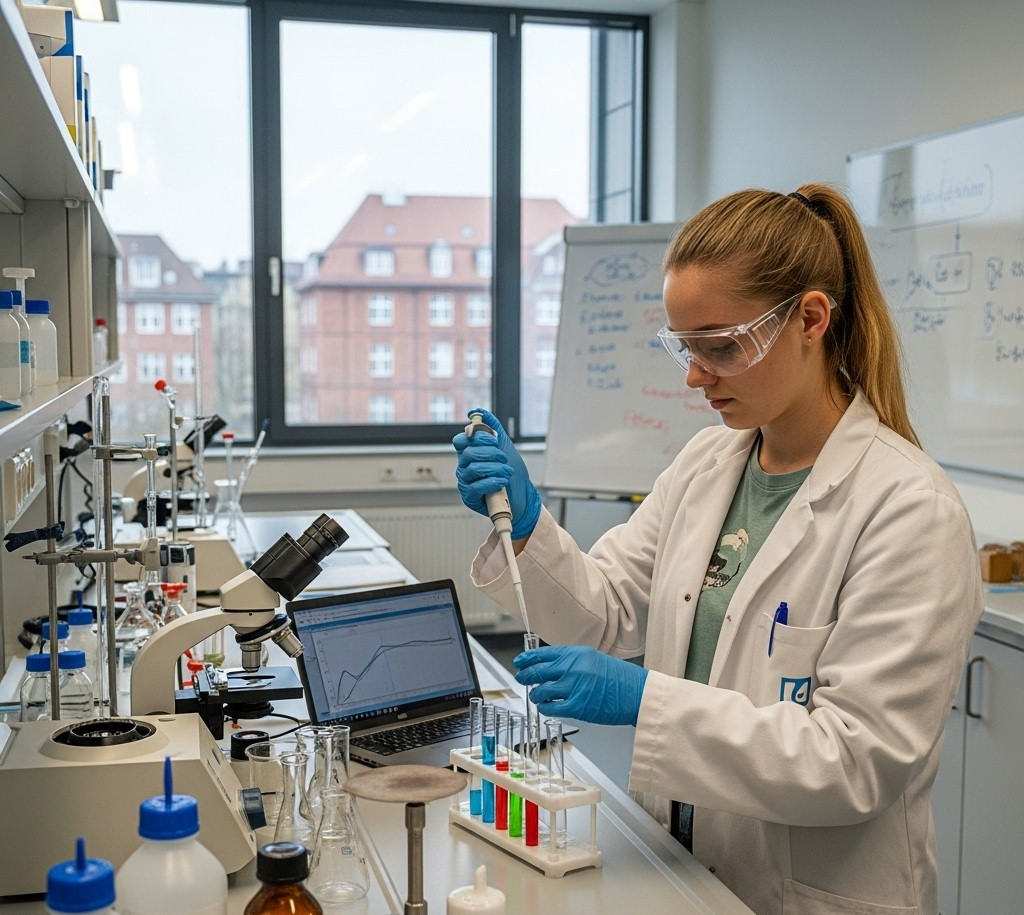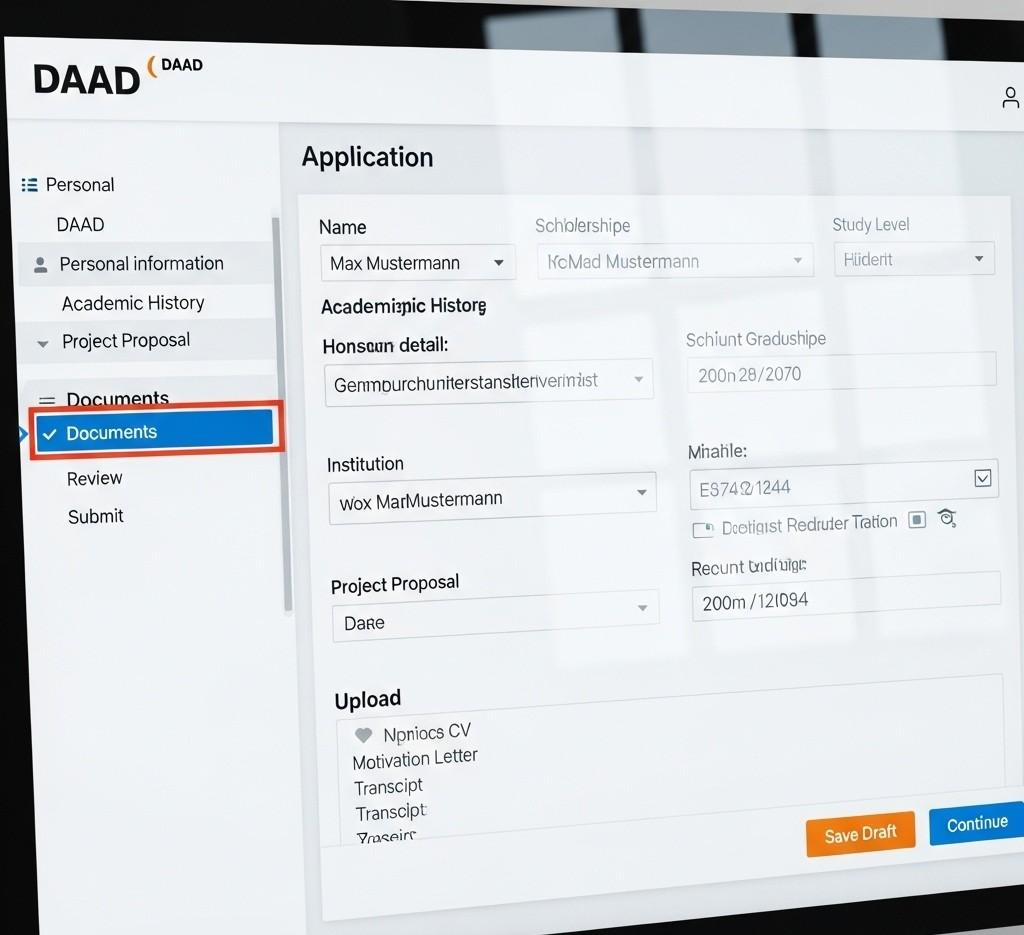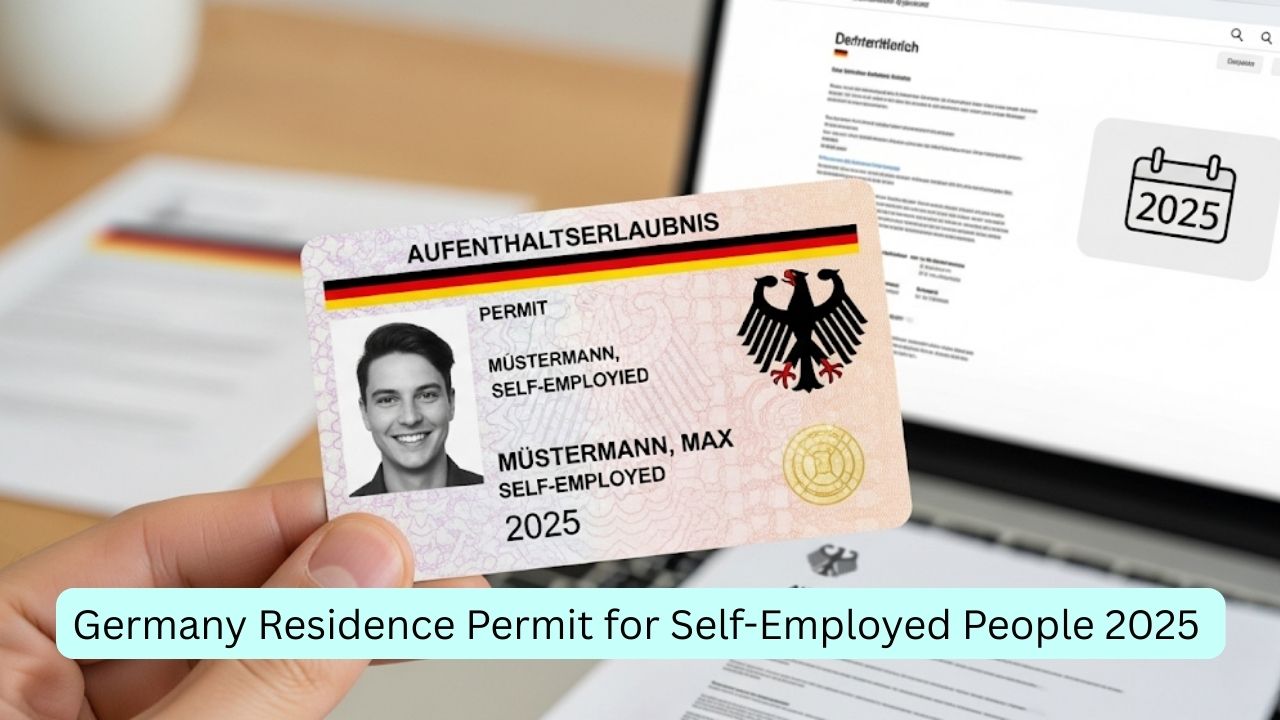Dreaming of a world-class education in science, technology, engineering, or mathematics? Germany, a global leader in innovation, offers an unparalleled opportunity through the DAAD Study Scholarships for STEM Disciplines This scholarship isn’t just a grant; it’s a launchpad for your career, covering tuition, living expenses, and so much more. But with a prestigious opportunity comes a competitive application process. We’re here to demystify it for you, providing a comprehensive, step-by-step guide to help you navigate your journey from application to acceptance.

Understanding the DAAD Scholarship: More Than Just Funding
The DAAD (Deutscher Akademischer Austauschdienst) is the German Academic Exchange Service, and it’s one of the largest and most respected scholarship providers in the world. The study scholarship for STEM fields is specifically designed for international graduates from developing and newly industrialized countries. It aims to empower a new generation of leaders who will use their German education to foster development in their home countries. Official DAAD Website.
This isn’t a one-size-fits-all scholarship. The DAAD offers various programs, but the Development-Related Postgraduate Courses (EPOS) are particularly relevant for STEM students. These courses are carefully selected to have a clear relevance to development, giving you the chance to combine academic excellence with real-world impact. As a seasoned writer on the topic, I’ve seen countless students successfully leverage this focus to build a powerful application.DAAD Scholarship Database.
Eligibility and Requirements: Is This Scholarship for You?
Before you dive into the application, it’s crucial to confirm you meet the core DAAD scholarship eligibility criteria. While specific requirements can vary slightly depending on the course, a few key points are consistent:
- Academic Excellence: You must hold a Bachelor’s degree with above-average results, typically placing you in the top third of your class.
- Professional Experience: Most DAAD scholarships for STEM disciplines require at least two years of relevant professional experience after your Bachelor’s degree. This is a crucial element that demonstrates your practical skills and commitment.
- Language Proficiency: The language of instruction for your chosen program will dictate your language requirements. For English-taught programs, you’ll need a certificate like IELTS or TOEFL. For German-taught programs, a German language certificate (e.g., TestDaF, Goethe-Zertifikat) is required. You must have at least a B1 level of proficiency.
- Time Since Last Degree: As a rule, your last academic degree should not date back more than six years at the time of the application deadline.

Crafting a Standout Application: The Core Components
An application to the DAAD is not merely a collection of documents; it’s a story. It tells the selection committee who you are, what you’ve accomplished, and how this scholarship will help you achieve your goals.
The Power of the Motivation Letter
Your motivation letter tips are perhaps the most important part of your application. It’s your chance to move beyond the facts on your CV and show your passion and purpose.
The letter should be 1-3 pages long and answer these key questions:
- Your “Why”: Why do you want to study in Germany? What about your chosen university or program appeals to you?
- Your Story: How does your academic and professional experience connect to the program you’re applying for? What specific skills and knowledge have you gained that will help you succeed?
- Your Vision: How do you plan to use your German education to contribute to the development of your home country? This is where you connect your personal goals with the scholarship’s mission.
In my experience advising students, one common hurdle is writing a generic motivation letter. Avoid clichés and be specific. Mention a particular course, a research project, or a professor whose work aligns with your interests. Show them you’ve done your homework.
Compiling Your Documents: The Checklist
The DAAD application requires a meticulous and well-organized submission. Here’s a general checklist of the documents you’ll need:
- Signed DAAD application form.
- A personally signed CV (use the Europass format).
- Signed letter of motivation.
- Letter of recommendation from your current employer (or a previous one if you’re not currently employed).
- Certificate of employment proving at least two years of relevant work experience.
- Proof of language skills (English or German, depending on the program).
- Certified copies of your academic degrees and transcripts.
The Application Process: A Timeline to Success
The DAAD scholarship application guide is best followed with a clear timeline. The process is a bit different from a typical university application, as you first apply directly to the university and then are nominated by them for the DAAD scholarship.
Step 1: Research and Selection
Start early! The most critical first step is to choose your course. You can apply for a maximum of three courses, and the deadlines vary by university and program.You can find a comprehensive list of deadlines on the official DAAD website.
Step 2: University Application
This is the most time-consuming part. You will send your complete application (including your DAAD-specific documents) directly to the universities offering your chosen programs. It’s crucial to check each university’s specific requirements, as they can differ. I’ve seen many successful applicants focus on a handful of programs that are a perfect fit for their background and future goals.
Step 3: The DAAD Nomination
If a university’s selection committee finds your profile exceptional, they will nominate you for a DAAD scholarship. DAAD will then contact you directly to upload your complete application to their online portal.

Step 4: Final Selection
The final selection is made by a DAAD committee, which reviews your application and the university’s nomination. This is the moment your hard work pays off! The funding decision is typically made in February of the year the scholarship begins, with the program starting in October.
Maximizing Your Chances: Expert Advice
Beyond meeting the basic requirements, there are ways to make your application truly shine.
- Start Early: Give yourself ample time to research, write, and gather all the necessary documents. This is not something you can rush.
- Show, Don’t Just Tell: Instead of saying you’re “passionate about sustainable energy,” describe a project you worked on where you developed a new solar panel design. Use specific examples from your professional experience to back up your claims.
- Network: Reach out to current or former DAAD scholars. Their insights can be invaluable. Many share their experiences on platforms like LinkedIn.
Acing Your Application: The Ultimate Guide to 110 ICAO Fellowships and 10 Scholarships 2025
Navigate Your Future: The Ultimate Guide to Algeria Undergraduate Scholarships 2025
FAQ
Q1: Can I apply for a DAAD scholarship if I’m already in Germany?
You cannot be considered for the DAAD scholarship if you have been a resident in Germany for longer than 15 months at the time of the application deadline. This scholarship is for international students coming to Germany for a new degree.
Q2: Is there an age limit for the DAAD scholarship?
No, there is generally no fixed age limit for DAAD scholarships. However, a key requirement is that your university degree should not date back more than six years at the time of the application deadline.










